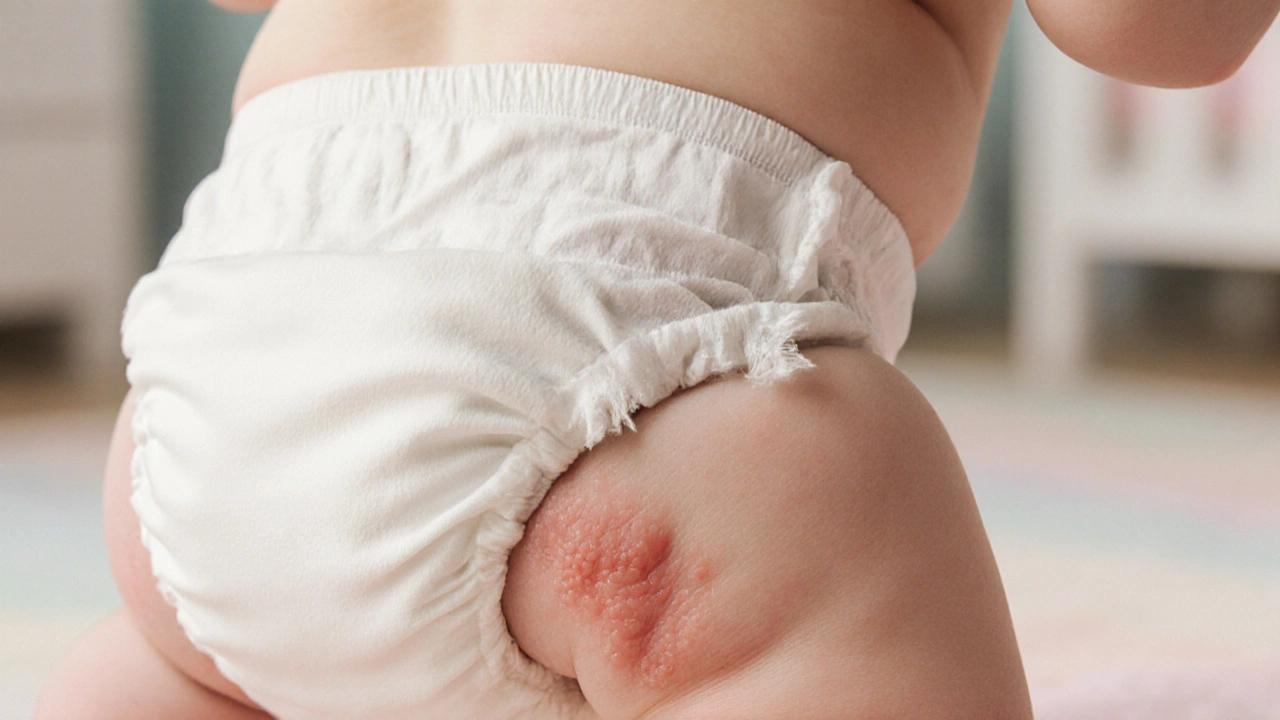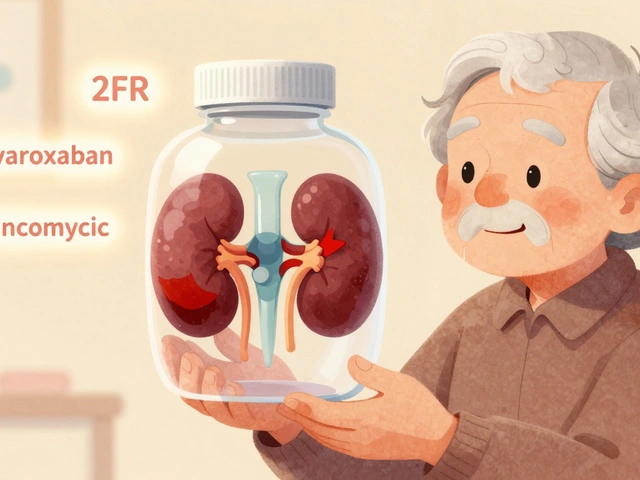Diaper Rash Remedies: Safe, Effective Solutions for Babies and Adults
When your baby’s skin turns red, sore, or angry in the diaper area, it’s not just annoying—it’s painful. diaper rash, a common skin irritation caused by moisture, friction, or irritation from urine and stool. Also known as nappy rash, it affects nearly every infant at some point, and even adults in diapers due to incontinence or prolonged bed rest. The good news? Most cases clear up fast with the right care—and you don’t need fancy products to fix it.
What works best? zinc oxide, a physical barrier that blocks wetness and soothes irritated skin is the gold standard. You’ll find it in thick creams like Desitin or generic store brands. Apply it with every diaper change, especially after a bowel movement. For extra relief, hydrocortisone cream, a mild anti-inflammatory used short-term for severe redness can help reduce swelling and itching—but only if your doctor says it’s okay. Don’t use it daily or on broken skin. And skip talcum powder—it’s not safer than cornstarch, and both can be harmful if inhaled.
Diaper rash isn’t just about the cream you use. It’s also about airflow, frequency of changes, and what’s in the diaper. Cloth diapers can help some babies, but only if washed properly—detergent residue can make things worse. Disposable diapers with absorbent cores keep skin drier, which is key. Let your baby go bare-bottom for 10–15 minutes between changes. Air is the best healer. If you’re using wipes, pick fragrance-free, alcohol-free ones—or just use warm water and a soft cloth. Avoid scented lotions, baby oils, and baking soda pastes. They sound natural, but they often irritate more than they help.
Sometimes, diaper rash doesn’t go away because it’s not a simple rash at all. A yeast infection—often caused by antibiotics or warm, moist conditions—looks different: bright red with raised edges and tiny red spots around the main area. That needs antifungal cream like nystatin, not just zinc oxide. Bacterial infections can happen too, especially if the skin is broken. If the rash spreads, bleeds, oozes, or doesn’t improve in 3 days, see a doctor. Don’t guess. You’re not alone—this happens to millions, and the right fix is usually simple.
Adults using diapers for medical reasons face the same risks. Skin folds, incontinence, and limited mobility make irritation worse. The same rules apply: keep skin clean and dry, use zinc oxide, and change often. If you’re bedridden or have limited movement, consider barrier pads and moisture-wicking liners. Prevention beats treatment every time.
Below, you’ll find real-world advice from people who’ve been there—what worked, what didn’t, and what to avoid. No fluff. No marketing hype. Just practical, tested solutions for diaper rash that actually help.

Treating Friction‑Induced Diaper Rash: A Practical Guide
Learn how to quickly treat and prevent friction‑induced diaper rash with easy steps, the best barrier creams, home remedies, and signs that need a doctor.
read more




